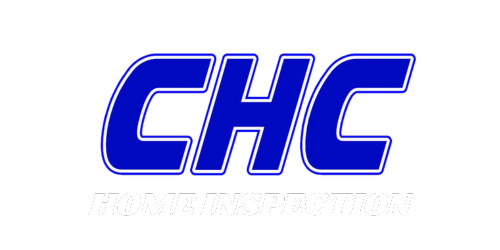Understanding Radon Levels in Kentucky: A Comprehensive Guide
Radon, a naturally occurring radioactive gas, is a concern for homeowners across the United States, including Kentucky. Understanding what radon is, its implications, and how to address it is essential for maintaining a safe and healthy living environment. In this blog post, we'll explore what radon is in Kentucky, its potential risks, and the steps you can take for mitigation, ensuring peace of mind for you and your family.
What is Radon?
Radon is an invisible, odorless, and tasteless gas that forms naturally from the breakdown of uranium in soil, rock, and water. It can seep into buildings through cracks and openings in the foundation, accumulating to potentially harmful levels indoors. Exposure to elevated radon levels over time is linked to an increased risk of lung cancer, making it a significant health concern.
Radon Levels in Kentucky:
Kentucky, like many other states, has areas with varying levels of radon concentration. According to recent data from the Kentucky Radon Program, approximately 1 in 4 homes in Kentucky have radon levels above the EPA's recommended action level of 4 picocuries per liter (pCi/L). While radon levels can vary greatly from one location to another, it's crucial for homeowners to be proactive in testing their homes for radon.
Radon Inspection Process:
If you're concerned about radon levels in your home, the first step is to obtain a radon inspection. At CHC Home Inspection, we offer comprehensive radon testing services to help you assess the radon levels in your home accurately. Our testing process involves deploying specialized equipment that measures radon levels continuously over a 48-hour period. During this time, it's important to minimize movement around the testing equipment to ensure accurate results.
Interpreting Results:
Once the radon testing is complete, our radon inspector will analyze the data and provide you with a detailed report outlining the radon levels in your home. If the test results indicate elevated radon levels above the EPA's recommended action level, it's essential not to panic. Instead, consider it an opportunity to take proactive steps to mitigate radon and create a safer living environment for you and your family.
Radon Mitigation:
If your radon test comes back with concerning levels, the next step is radon mitigation. Radon mitigation involves the implementation of various techniques to reduce radon levels within the home to acceptable levels. These techniques may include sub-slab depressurization, ventilation systems, and sealing cracks and openings in the foundation. At CHC Home Inspection, we can help facilitate the radon mitigation process, connecting you with experienced professionals who specialize in radon mitigation.
While radon may pose a risk to homeowners in Kentucky, it's important to approach the issue with knowledge and a proactive mindset. By conducting radon testing and taking appropriate mitigation measures, you can significantly reduce the risk of radon exposure and ensure a safer living environment for you and your loved ones. At CHC Home Inspection, we're committed to helping homeowners in Kentucky navigate the radon testing and mitigation process with confidence. Don't hesitate to reach out to us for expert assistance and peace of mind. Our phone lines are always open- please call us at anytime to schedule an inspection, or you can easily book online.

